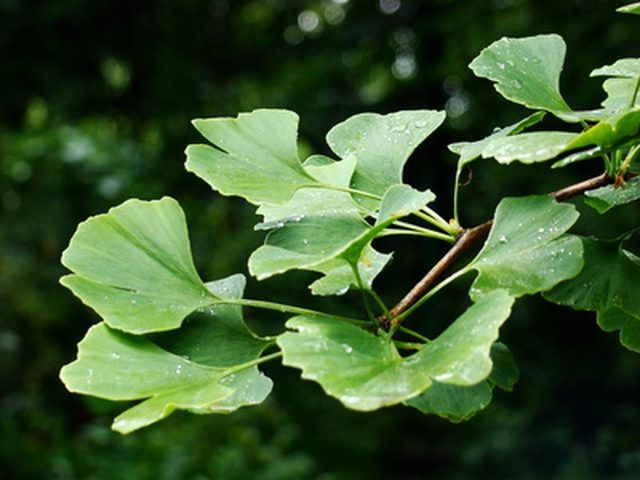Bulbs
Flower Basics
Flower Beds & Specialty Gardens
Flower Garden
Garden Furniture
Garden Gnomes
Garden Seeds
Garden Sheds
Garden Statues
Garden Tools & Supplies
Gardening Basics
Green & Organic
Groundcovers & Vines
Growing Annuals
Growing Basil
Growing Beans
Growing Berries
Growing Blueberries
Growing Cactus
Growing Corn
Growing Cotton
Growing Edibles
Growing Flowers
Growing Garlic
Growing Grapes
Growing Grass
Growing Herbs
Growing Jasmine
Growing Mint
Growing Mushrooms
Orchids
Growing Peanuts
Growing Perennials
Growing Plants
Growing Rosemary
Growing Roses
Growing Strawberries
Growing Sunflowers
Growing Thyme
Growing Tomatoes
Growing Tulips
Growing Vegetables
Herb Basics
Herb Garden
Indoor Growing
Landscaping Basics
Landscaping Patios
Landscaping Plants
Landscaping Shrubs
Landscaping Trees
Landscaping Walks & Pathways
Lawn Basics
Lawn Maintenance
Lawn Mowers
Lawn Ornaments
Lawn Planting
Lawn Tools
Outdoor Growing
Overall Landscape Planning
Pests, Weeds & Problems
Plant Basics
Rock Garden
Rose Garden
Shrubs
Soil
Specialty Gardens
Trees
Vegetable Garden
Yard Maintenance
What Tree Can I Plant Near a Well?
What Tree Can I Plant Near a Well?. Consider it a deeply rooted survival instinct: Tree roots seek water. It's what they do. So planting water-loving trees close to septic or water lines---including wells---can end up causing grief to the well-meaning homeowner intending only to add shade or otherwise improve the landscape. Avoid planting large...

Consider it a deeply rooted survival instinct: Tree roots seek water. It's what they do. So planting water-loving trees close to septic or water lines---including wells---can end up causing grief to the well-meaning homeowner intending only to add shade or otherwise improve the landscape. Avoid planting large shade trees, roots of which often extend as far underground as aboveground vegetation, and trees noted for invasive or aggressive water-seeking roots.
Functions
The worthy functions of tree roots are also what cause the trouble near underground water and sewer pipes. Roots anchor the tree in the soil, creating a strong foundation for aboveground foliage. They also absorb nutrients and moisture from the soil and transport them to the trunk and upper branches. The root systems of most trees grow both deep and wide to more effectively hold fast and extract moisture.
Effects
Oaks have long taproots, which "go deep" seeking groundwater, and few lateral roots. Other trees have very shallow but extensive roots that seek moisture over a vast surface area. Still others, the "heavy feeders" of the tree world, have enormous and extensive root systems that go down as well as out. These are the trees that generally do the most damage to homes and water, septic and sewer systems. When large trees with aggressive, thirsty roots are planted above water and sewer lines, the roots exert enormous force attempting to tap into them, wrapping around and eventually cracking and obstructing them.
Considerations
Avoid large shade trees and all trees known to aggressively seek water. Choose smaller, slower growing trees with less invasive root systems to plant near wells and major water lines. Be willing to remove trees before they get too large or well-established and replant them. In general, deciduous trees have more extensive root systems than evergreen conifers. Don't plant any tree closer than 10 feet to a well, septic or sewer line or underground utility. Plant larger trees, or those with more aggressive roots, much farther away---20 to 30 feet.
Problems
The "do not plant" list to protect wells and underground water and sewage pipes includes ash, basswood, box elder, American elm, liquidamber, locust, most maples, oaks, tuliptree and sycamore. The most aggressively thirsty trees include aspens, cottonwoods, poplars and willows. Mulberry trees also have very invasive root systems. Trouble trees from warmer climates include California pepper tree, eucalyptus, honey locust, mesquite, Russian olive and sissoo.
Solutions
Amur and paperbark maples grow to about 25 feet and exhibit good fall color. Upright columnar types of ginkgo trees, including "Fastigiata," "Lakeview" and "Princeton Sentry," are other options, along with yellow-blooming golden raintree, smoketree, European beech and European hornbeam. "Little Gem" southern magnolia, saucer magnolia and sourwood are also recommended. Good choices also include crabapple, crapemyrtle, Carolina cherry laurel, flowering and Kousa dogwood, and eastern and western redbuds.